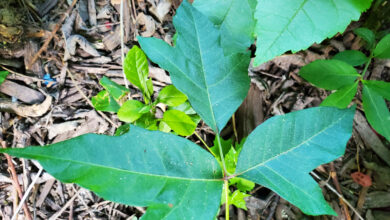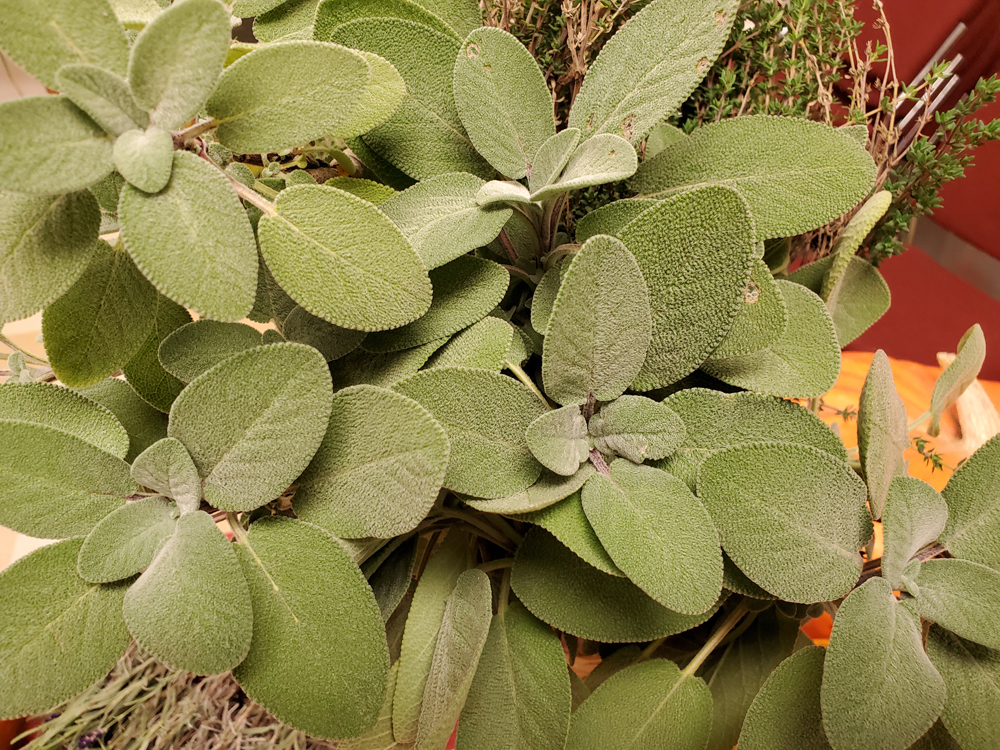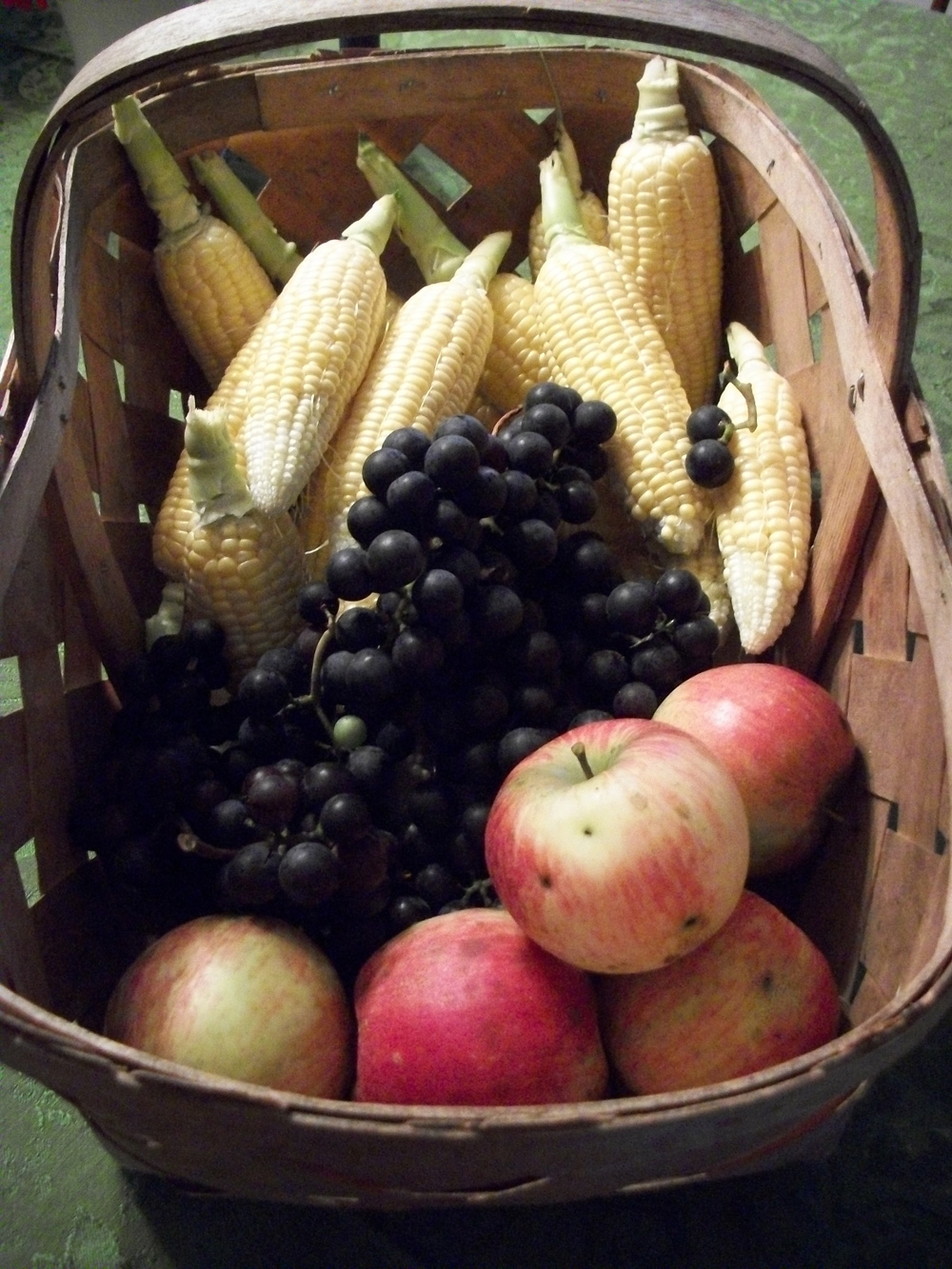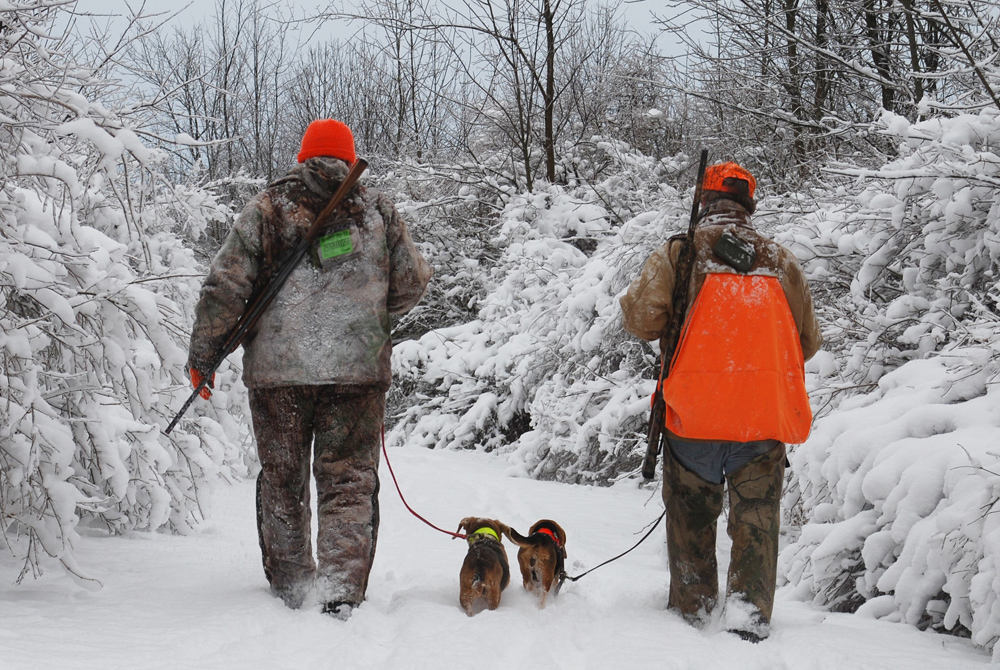Helping the garden get through the cold months ahead
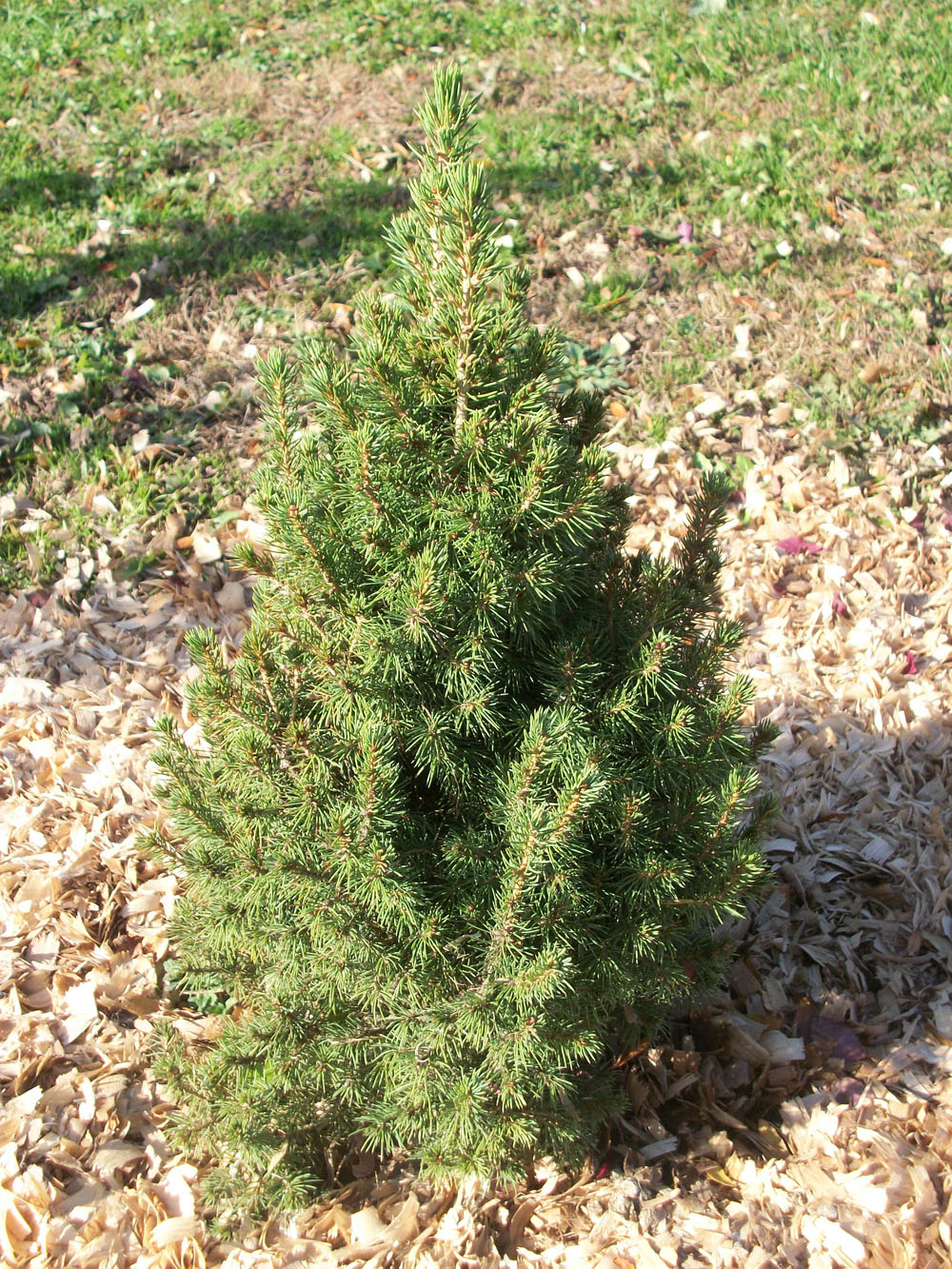
As I write this column, I’m still in the midst of end-of-season yard and garden chores. I’ve got more bulbs to plant and tidying up work in the perennial beds to complete and the forecast is calling for snow and cold.
If you haven’t done so already, now is the time to help your garden plantings make it through the tough months ahead. The wild swings in winter weather can seriously impact your garden plants, but there are easy ways to help your landscape survive through the winter and thrive next growing season.
You’ve probably noticed several different types of winter damage which occurs in your yard. Evergreens, like pines, yews, arborvitaes and rhododendrons, can turn brown, especially on the windward side. Typically, this is caused by winter winds and sunshine causing transpiration (water loss through leaves and needles) when the roots are frozen and can’t take up water. Sunshine stimulates cellular activity and then if the temperature drops quickly, tissue damage occurs.
Keep your evergreens – including those rhododendrons – watered well until the ground is frozen. Anti-desiccant sprays provide a protective waxy coating which slows transpiration. Apply late in fall or early winter and follow directions on the label carefully. Burlap can also be used for protection. Attach the burlap to stakes driven into the ground forming a “V” with the plant in the open part of the “V” and the bottom of the “V” facing the prevailing exposure to the wind. Make sure there’s enough space between the burlap and the plant to prevent rubbing.
Thin-barked and young trees are particularly susceptible to sun scald during the winter. This typically occurs on the south or southwest side of the tree trunk when the sun heats up the bark and stimulates the movement of fluids. If temperatures then drop quickly, cells burst and tissues dry, the bark cracks and splits. Tree wrap is very effective in preventing sun scald. Proper plant placement – providing some protection from direct sun – is also an effective preventative measure.
Your most recently planted shrubs, trees and perennial materials can also be killed during the winter months by frost heaving. This occurs when the soil freezes and the plant’s root ball is heaved up out of the ground. Air comes in through the cracks in the soil and root desiccation occurs. Mulching is effective in preventing frost heaving and if you notice plants that have been pushed up above the ground during the winter, push them back into the soil as soon as possible.
Right now plants are going through a process called acclimation – a seasonal change in which woody plants slow down, stop growing and go dormant. This process helps them to survive the winter months. If acclimation did not occur, plant cells full of water would burst in a sudden freeze – causing the plant to die. Acclimated plants have had time to move water outside the cell walls – cell dehydration. Amazingly, this process triggers changes in the cell sap and a kind of protective antifreeze is formed.
All these concerns exemplify why it’s important to select landscape materials that are right for our USDA Hardiness Zone – 5 or 6 in our region. Native plants are the best choices because they are well-suited to our climate.
With all the garden clean-up/winter preparation chores at this time of year, it is very tempting to do some pruning of shrubs and trees. Don’t – leave those shrubs and trees alone – they are working through that acclimation process and with weather fluctuations can sometimes be “confused.” If you prune right now, plants will try to put out new growth at the same time they are trying to acclimate and go dormant. This weakens plants and severe damage can occur particularly if you try to prune on a warm day, causing the sap to rise before temperatures plummet back down again.
Hold off on pruning until the dead of winter when plants have gone dormant. Pruning can be held off until late winter or early spring when the branches are still bare and it is easy to see the shape of the plant. Spring blooming shrubs, however, should not be pruned until after they bloom next year.


